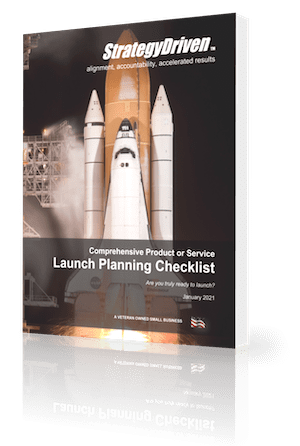How to Stay Ahead in Web Design With SEO Best Practices

Web design and SEO are intertwined in today’s digital world. A visually appealing website is crucial, but without proper optimization, it may struggle to reach the right audience. Integrating SEO best practices into web design improves visibility, engagement, and user experience, attracting and retaining visitors.
Modern web design is a harmony of beauty and functionality. It’s not solely about visual appeal; it’s how a site operates and how well it ranks on search engines that take precedence. Incorporating Icepick web design & SEO practices allows businesses to create websites that captivate audiences through stunning visuals and excel in online discovery and engagement.
Web designers and SEO specialists collaborate to create a strategy that boosts user engagement and search engine acquisition. This ensures a well-designed site architecture that improves online visibility and customer retention.
Key Principles of SEO-Friendly Web Design
SEO-Friendly web design involves a comprehensive approach to site design, including easy navigation, headers, and metadata. Clear, consistent layouts enhance user interactions and indexing. Clean coding, strategic URL configuration, and internal linking support SEO success by guiding users and search engines.
The Role of Responsive Design
Due to the rise in mobile device usage, responsive design is crucial in web development. Websites that adapt to different screen sizes outperform others in search engine rankings. Google’s mobile-first indexing emphasizes the importance of mobile optimization in search results. This adaptability enhances user engagement and reduces bounce rates.
Optimizing Website Speed for SEO
Website speed is crucial for an efficient online experience, as slow loading can deter users and decrease SEO rankings. Tools like Google PageSpeed Insights offer insights for enhancing site speed and user experience. Techniques like image compression, browser caching, and JavaScript reduction can improve page load times, boosting search engine rankings.
Importance of User Experience in SEO
User experience (UX) is crucial for SEO strategies, as engaging websites lead to more extended visits and lower bounce rates, affecting search engine rankings. Holistic website optimization is essential, with factors like swift loading times, intuitive navigation, and accessibility features enhancing user experience and positively impacting search rankings. Wider accessibility is more valuable to users and search engines.
Using Structured Data for Better SEO
Structured data empowers search engines to understand your website’s content better, enabling more prosperous and informative search snippets. Schema markup can significantly elevate your site’s visibility by capturing the user’s attention directly from the search results page. Rich snippets enhance click-through rates and accurately portray your site’s offerings.
Conclusion
Fusing innovative web design and comprehensive SEO practices is essential for establishing and maintaining a powerful digital presence. Prioritizing user experience, mobile responsiveness, and site speed assures that your website not only captivates but effectively retains visitors. By staying informed about emerging SEO trends, your strategies can continue to evolve and thrive in the fast-paced digital environment.











Leave a Reply
Want to join the discussion?Feel free to contribute!